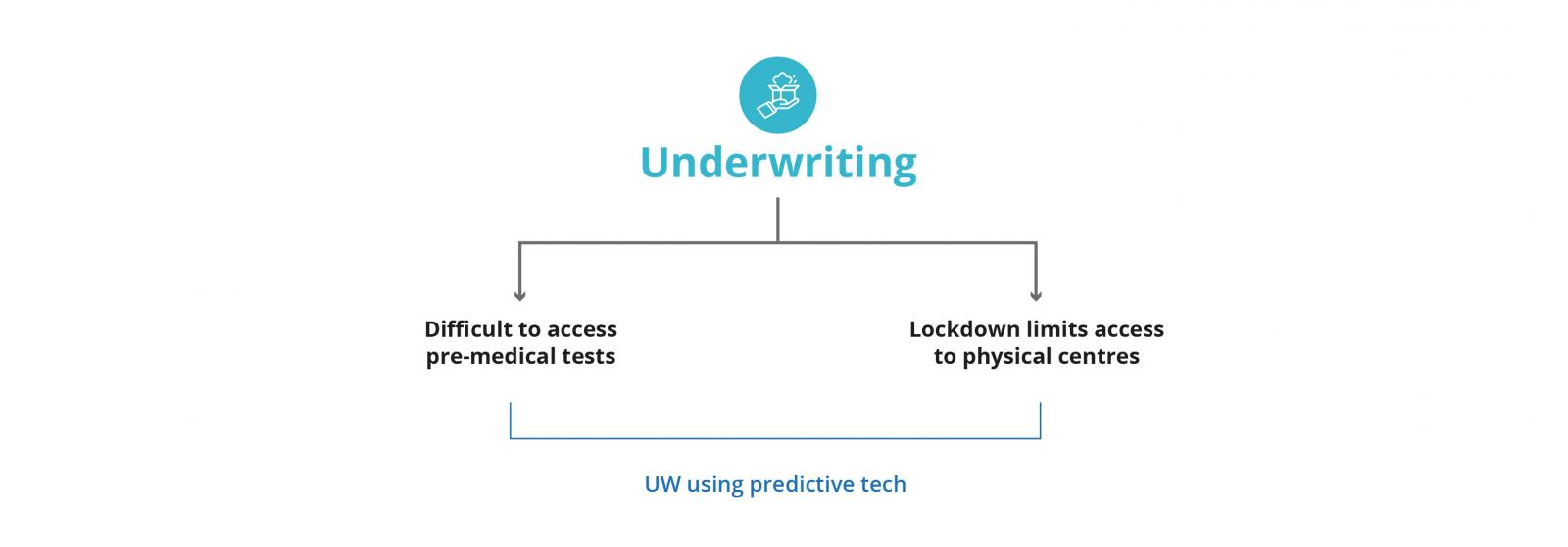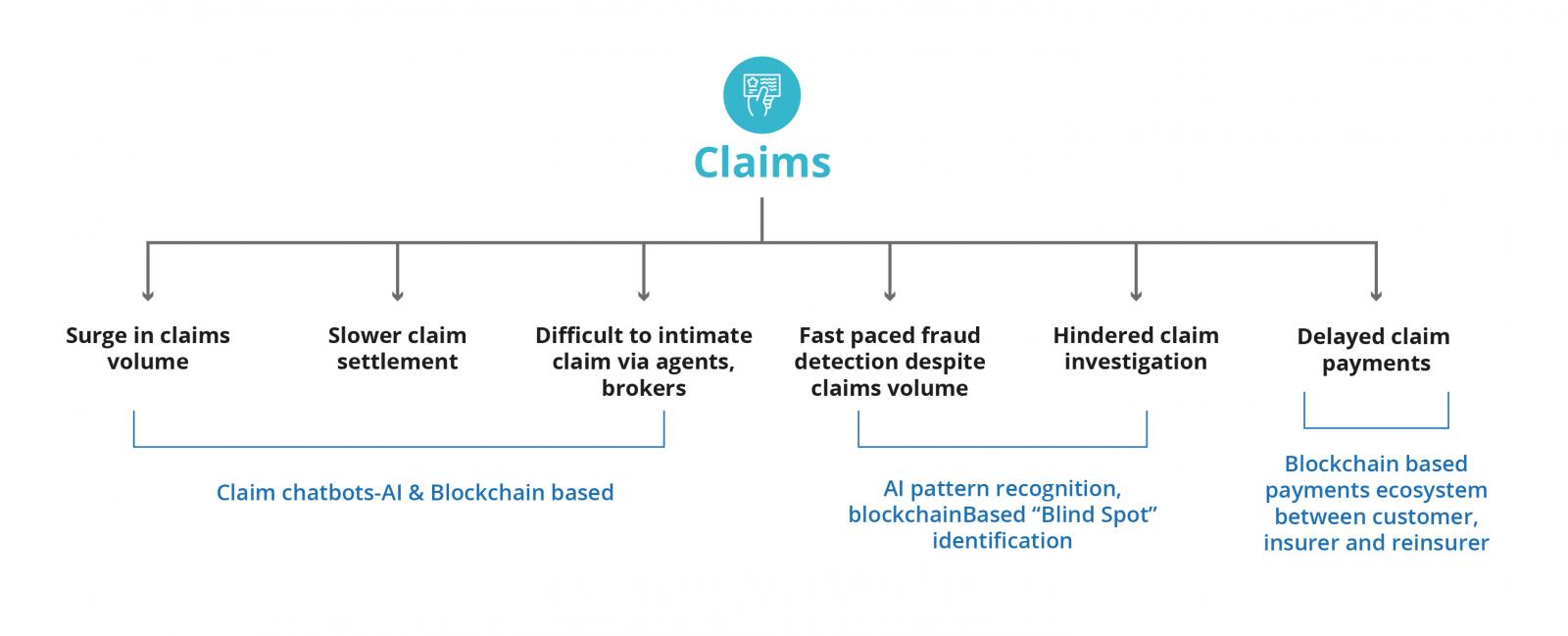Digital transformation
Six areas for insurance companies to ramp up to beat a global crisis






Disclaimer: The statements and opinions expressed in this article are those of the author(s) and do not necessarily reflect the positions of Thoughtworks.



